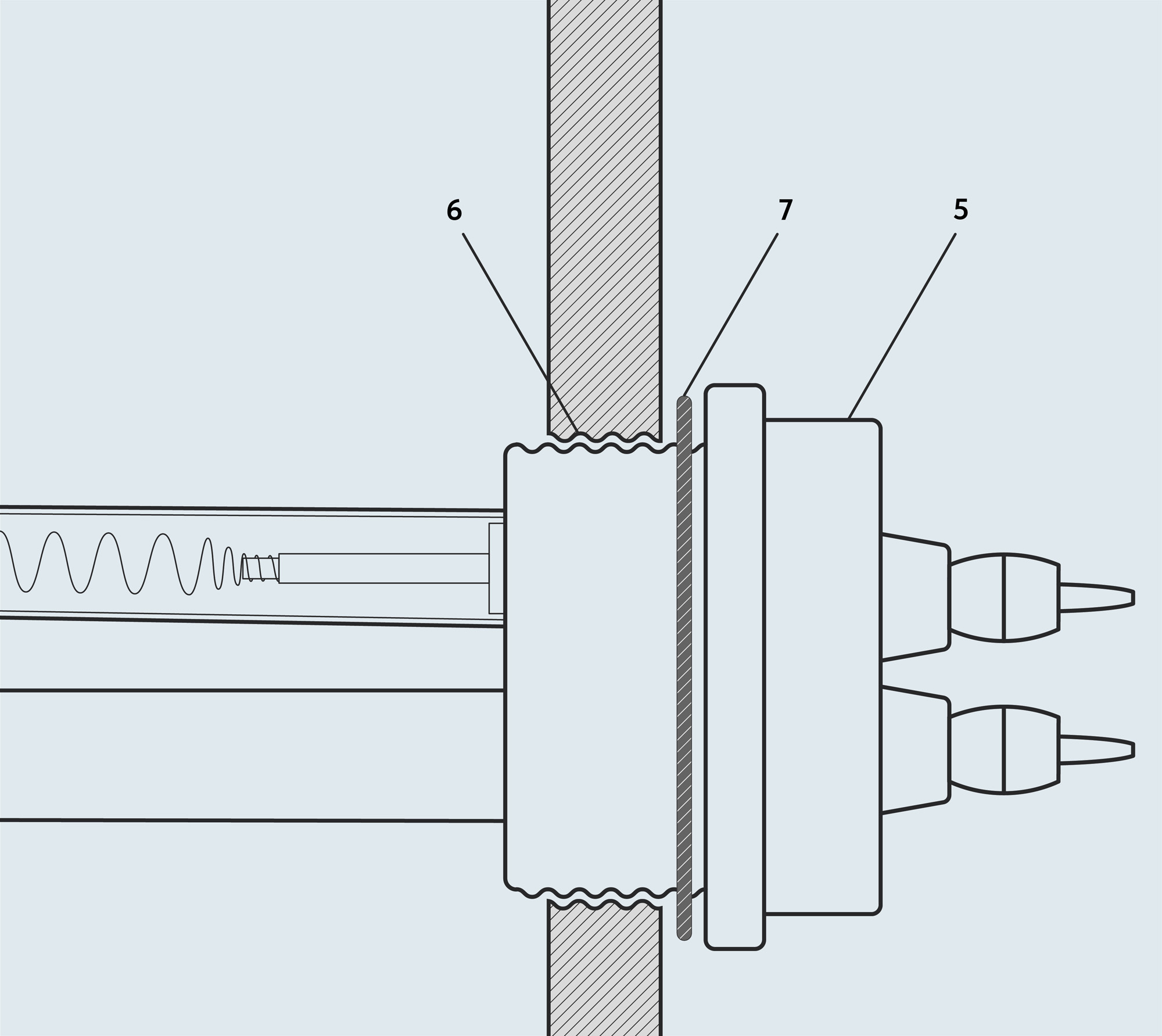At the end of the 19th century, an event in Italy followed soon after Angelo Moriondo produced his first design, and it had interesting ramifications for espresso’s journey into the modern age: The authorities in Milan commissioned the construction of the city’s first electric power station. This signalled the end of a golden age for the elegant, spirit-fueled brewers of the nineteenth century and propelled the progression towards modern espresso.
What Are Heating Elements Made From?
Tubular heating elements are the primary means of heating water inside espresso machine boilers. This type of element is commonly used because it is versatile: It can be bent into almost any shape to fit a boiler’s dimensions, and it can be manufactured from a range of materials, including stainless steel, copper, or Teflon. The heating element for most top-flight espresso machines is sheathed with stainless steel or copper.
The construction of a tubular heating element is quite simple. It is covered by a tube-shaped metal sheath (1). A coiled resistive wire runs through the middle of the tube. The wire is usually made of nichrome, an alloy of nickel and chromium (2). The inside of the tube is packed tightly with magnesium oxide powder (3). Each end of the coil is attached to a terminal pin (4). The ends of the tubes are sealed with an end cap, often ceramic. To ensure the tube is completely waterproof, the outer tube is soldered to a threaded brass male boss (5), which is designed to be screwed into a female thread on the water tank (6). This has a temperature-rated gasket made of fibre that compresses between the brass boss and the water tank to form a watertight seal (7).
How Do Tubular Elements Generate Heat?
Explained by electrical engineer/barista Bruce Whetton
To better understand exactly how heat is generated by an element in an espresso machine,


